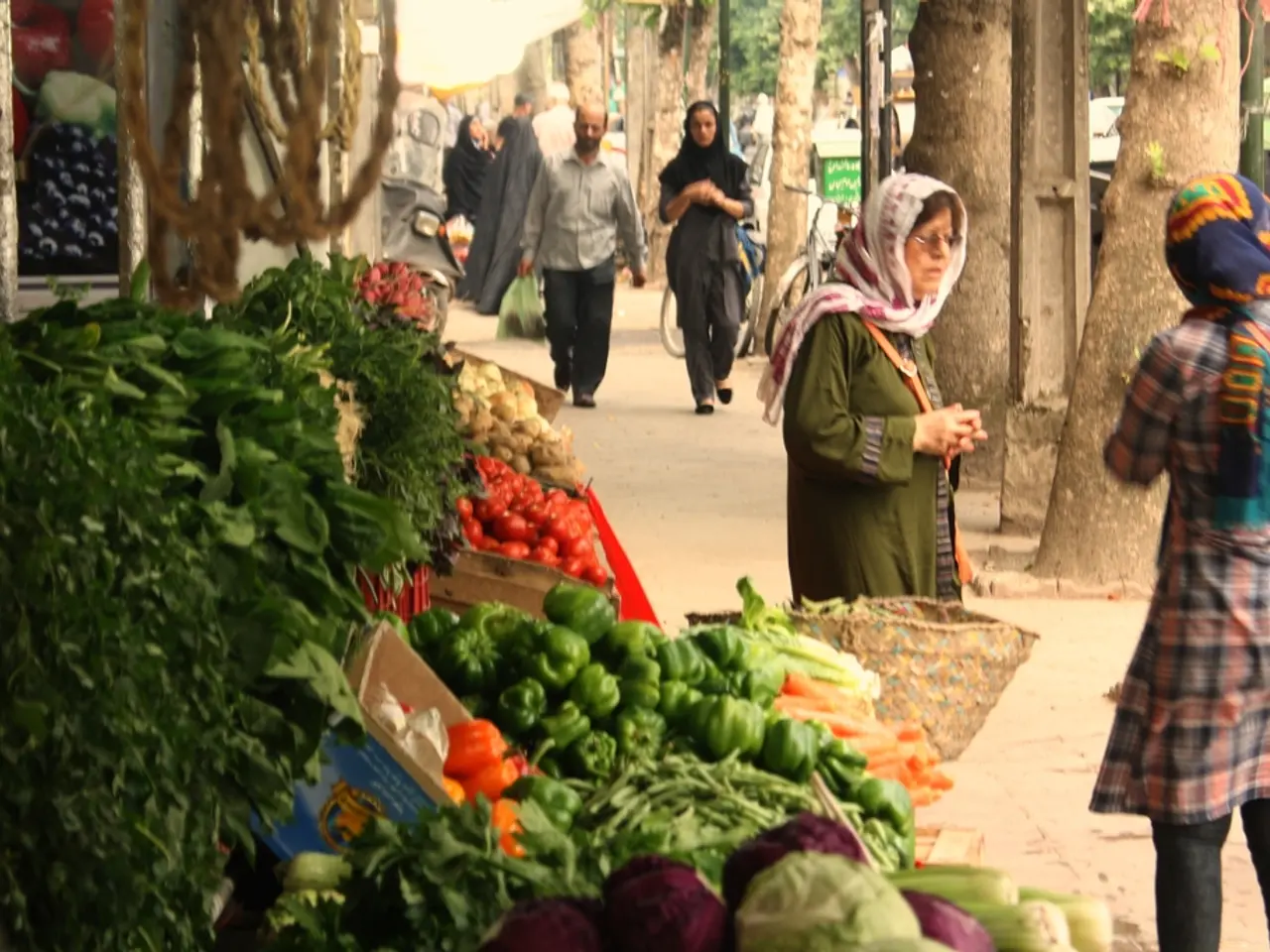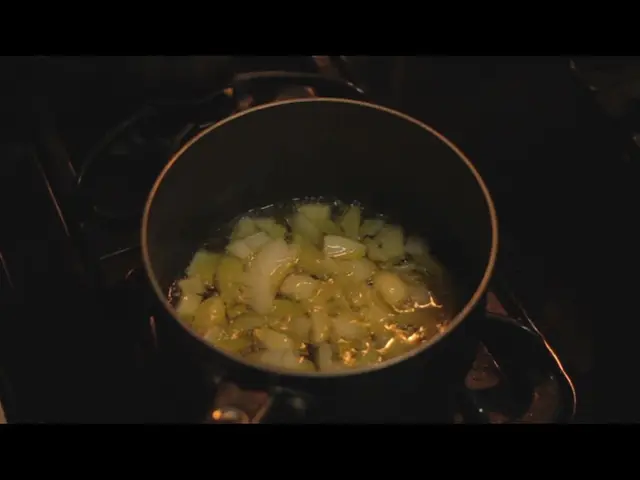Indian Farmers Demand GST Exemption for Agricultural Tools
Indian farmers face a heavy burden due to the Goods and Services Tax (GST) on agricultural implements and inputs. The Akhil Bharatiya Kisan Mahasangh demands full GST exemption or a uniform 5% GST slab for these essential tools, citing the hardship faced by small farmers.
Over 84% of Indian farmers have landholdings under two hectares, struggling with rising production costs and stagnant incomes. The average farming household earns Rs 10,218 per month, spending Rs 9,940, leaving a meagre Rs 278 in savings. The recent GST reduction on tractor parts is a step forward, but non-tractor machinery remains at 18%, widening the gap between large and small farmers.
Heat stress due to global warming has reduced productive working hours for farmers, increasing labor costs by 30-40% per acre. The government's 'GST Festival of Savings' has not benefited small farmers, as dealers who purchased goods at 18% GST before a rate cut must sell them at 5%, passing the loss to farmers. Globally, agriculture is treated as essential, with farm machinery taxed at lower rates or exempted, unlike in India.
The high GST on essential farm tools is considered a punishment for small farmers. The demand for full exemption or a uniform 5% GST slab for all agricultural implements, inputs, and spare parts aims to ease the financial burden on these farmers and help them survive in the face of rising production costs and stagnant incomes.
Read also:
- U.S. CBP's Operation Plaza Spike Boosts Fentanyl Seizures Along Arizona-Mexico Border
- Regensburg Court Sentences Pizza Delivery Owner for Illegal Employment, Tax Evasion
- Tesla's EV Market Share Plummets in Europe, US Competition Intensifies
- Catastrophe at a U.S. Steel facility in Pennsylvania results in the loss of two lives. crucial details unveiled




